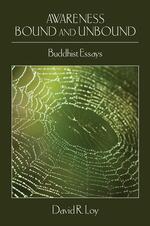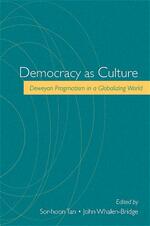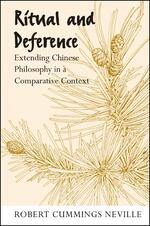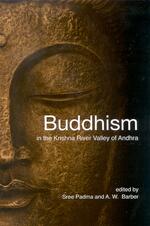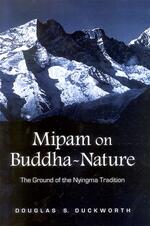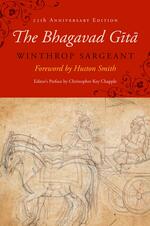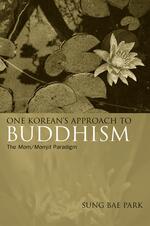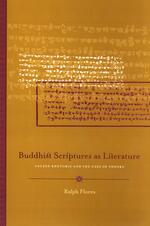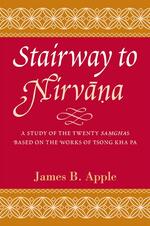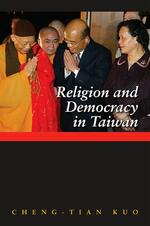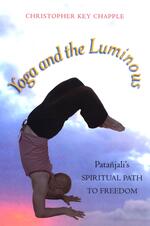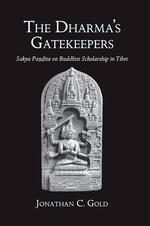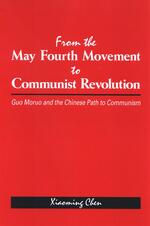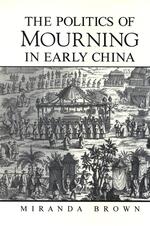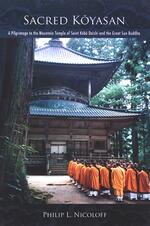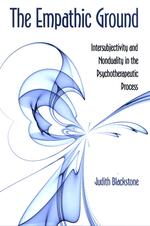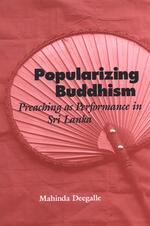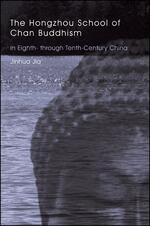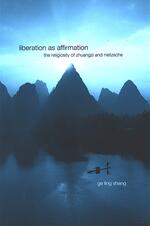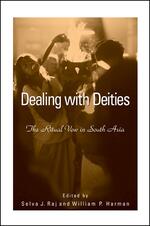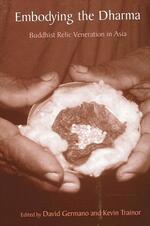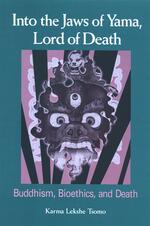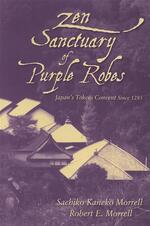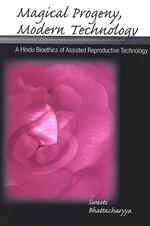Asian Religion and Philosophy
Awareness Bound and Unbound
Essays from the singular experience of Buddhist social critic and philosopher David R. Loy on classic and contemporary concerns.
Democracy as Culture
Explores the significance of Dewey’s thought on democracy for the contemporary world.
Ritual and Deference
Brings Confucianism and Daoism into conversation with contemporary philosophy and the contemporary world situation.
Buddhism in the Krishna River Valley of Andhra
Explores the importance of Buddhism as it developed in the Krishna River Valley of Andhra (modern-day Andhra Pradesh) and its influence.
Mipam on Buddha-Nature
A comprehensive overview of Tibetan Buddhist thinker Mipam’s work on emptiness and Buddha-nature.
The Bhagavad Gītā
An interlinear edition of the spiritual classic that provides devanagari, transliterated Sanskrit, and English versions of the Gītā.
One Korean's Approach to Buddhism
Insights into the experience and philosophy of Buddhism from a Korean perspective.
Buddhist Scriptures as Literature
Looks at a variety of Buddhist sacred writings as literature and includes insights from literary theory.
Stairway to Nirvāna
Discusses an essential Tibetan Buddhist work that shows how Noble Beings progress toward enlightenment.
Religion and Democracy in Taiwan
A meticulous study of various Taiwanese religions and their relationships with democratic values and behaviors.
Yoga and the Luminous
A fresh look at Yoga philosophy.
The Dharma's Gatekeepers
A study of the seminal Tibetan Buddhist work, Gateway to Learning.
From the May Fourth Movement to Communist Revolution
Using the life and work of influential Chinese writer Guo Moruo (1892–1978), reflects on China’s encounters with modernity, Communism, and capitalism.
The Politics of Mourning in Early China
Looks at mourning practices during the Han dynasty to reassess whether filial piety was the overriding model for society and governance in early China.
Sacred Kōyasan
Takes the reader on a pilgrimage to Mount Kōya, the holy Buddhist mountain in Japan.
The Empathic Ground
Brings Asian theories of consciousness into dialogue with Western psychotherapeutic practices.
Popularizing Buddhism
Explores the ritual practice of Buddhist preaching.
The Hongzhou School of Chan Buddhism in Eighth- through Tenth-Century China
A comprehensive study of the Hongzhou school of Chan Buddhism, long regarded as the Golden Age of this tradition, using many previously ignored texts, including stele inscriptions.
Liberation as Affirmation
Uses the concept of religiosity to challenge traditional views of Nietzsche and Zhuangzi as nihilistic and anti-religious.
Dealing with Deities
Explores the practice of taking ritual vows in South Asia, a lay tradition prevalent in the region’s religions.
Embodying the Dharma
Examines the practice of relic veneration in a variety of forms of Buddhism.
Iron Eyes
Looks at the contributions of a major figure in Buddhism and provides translations of his writings.
Into the Jaws of Yama, Lord of Death
A fascinating look at Buddhist, especially Tibetan, views of death and their implications for a Buddhist bioethics.
Zen Sanctuary of Purple Robes
A fascinating look at a Zen convent throughout its history.
Magical Progeny, Modern Technology
A Hindu bioethics of reproductive technology that references the Mahābhārata.
